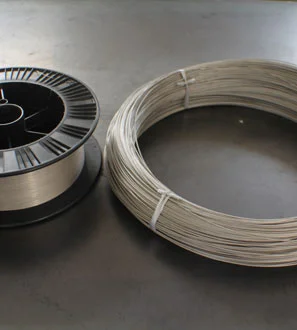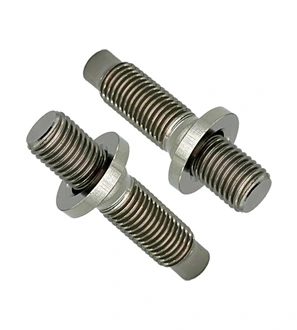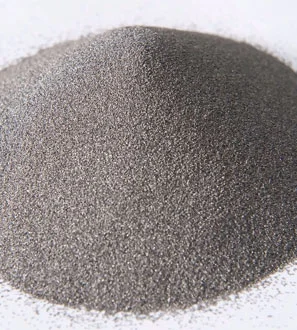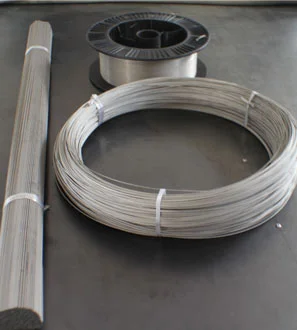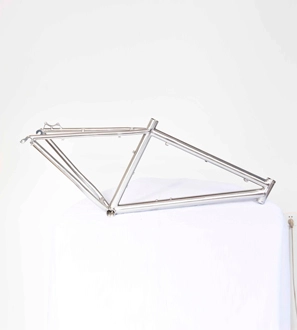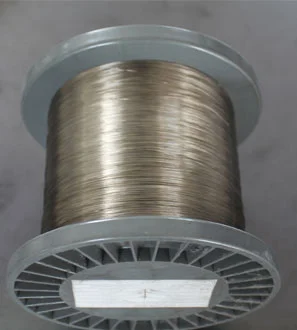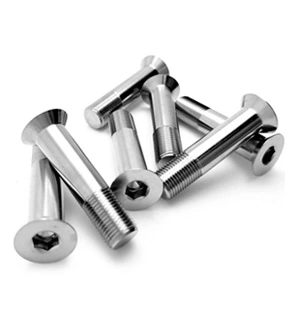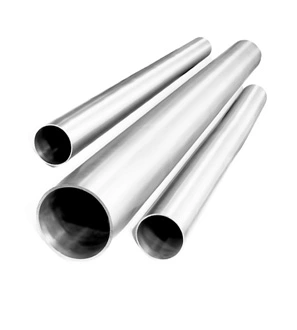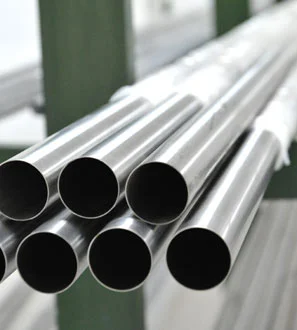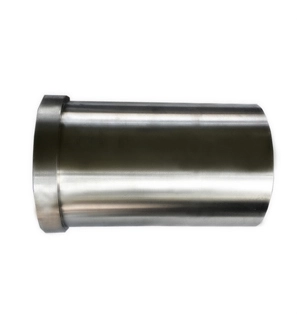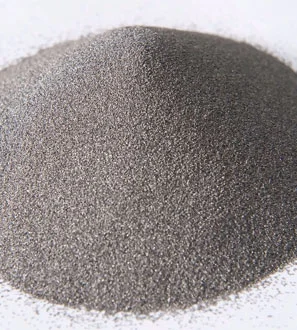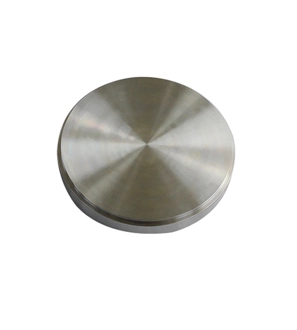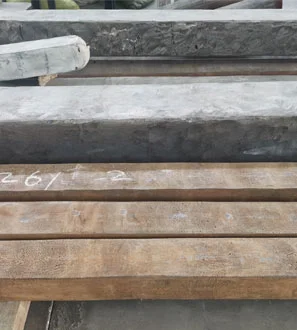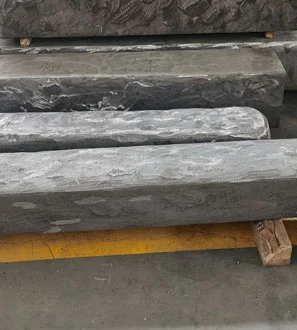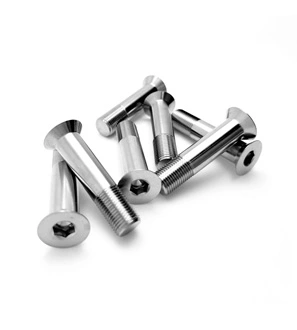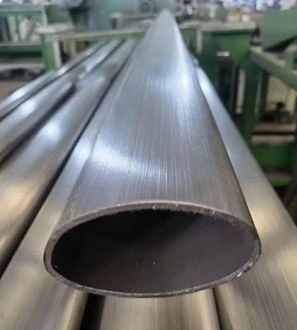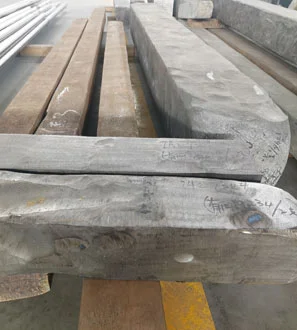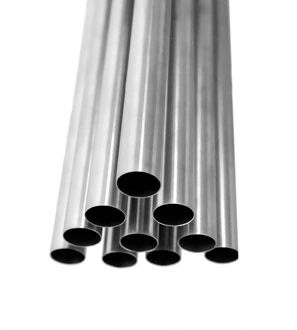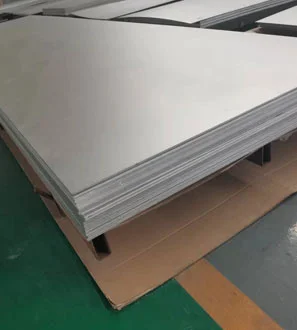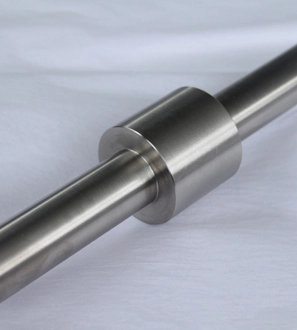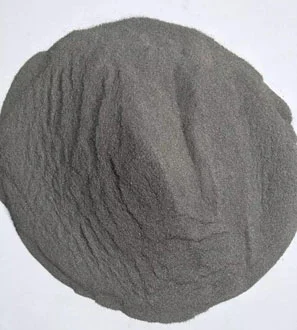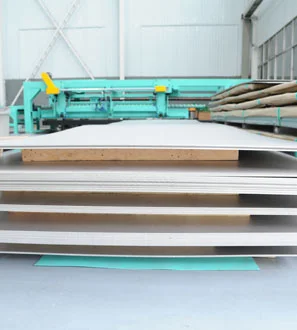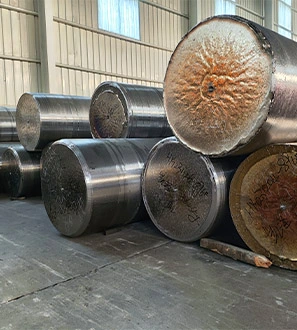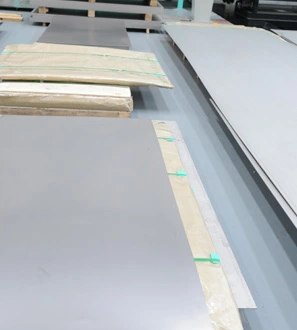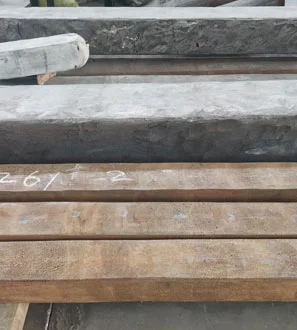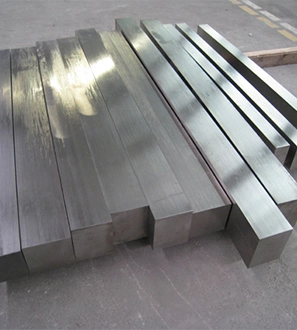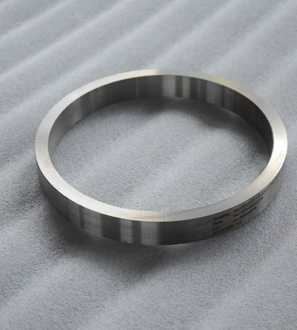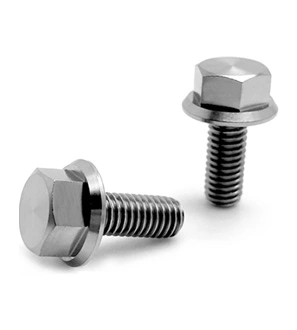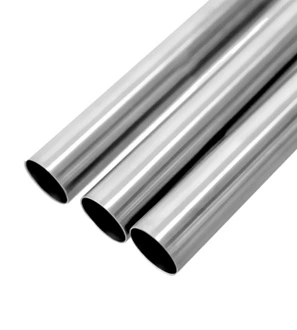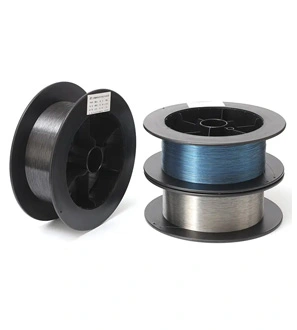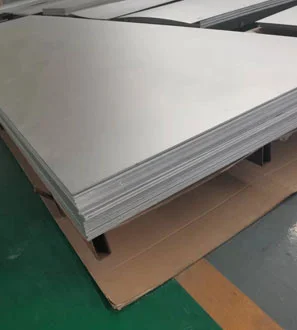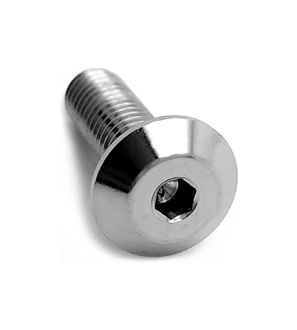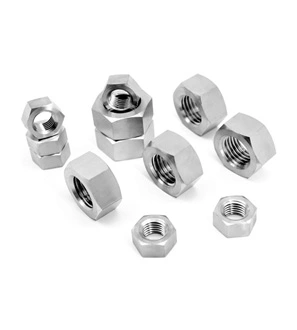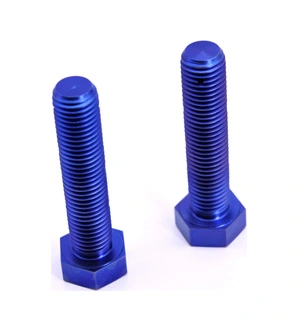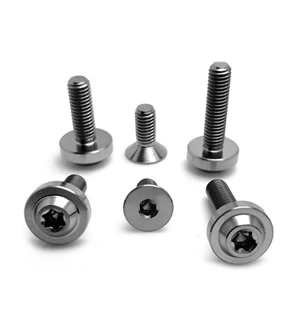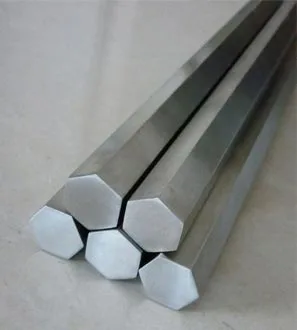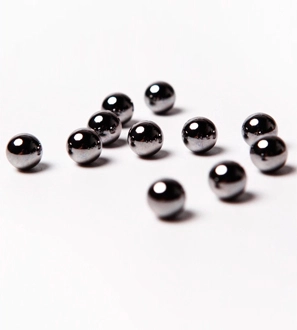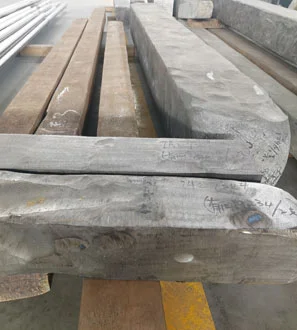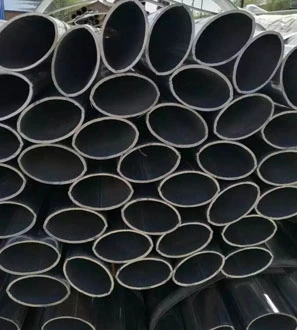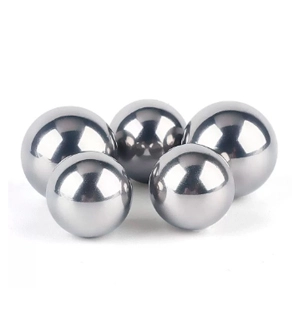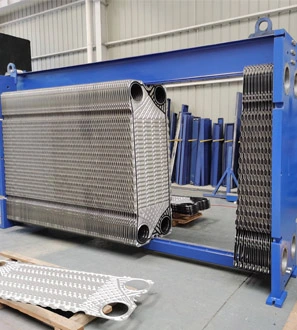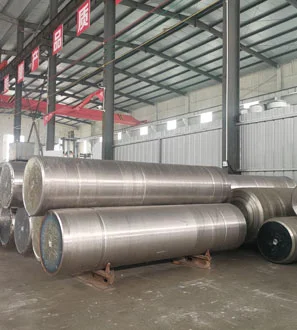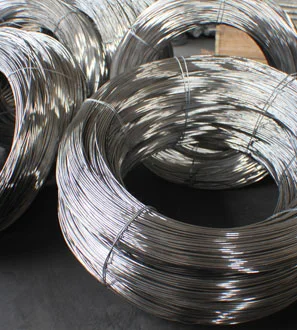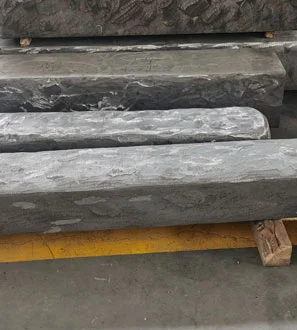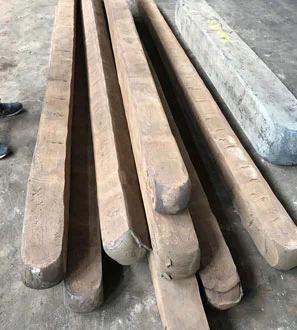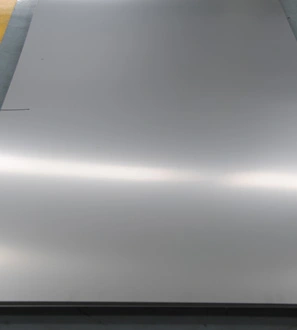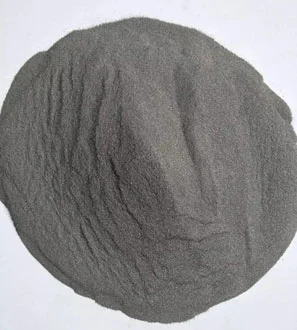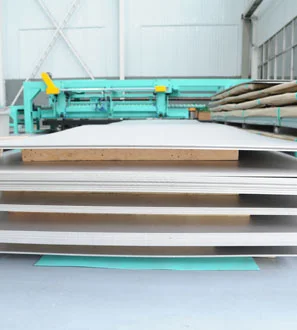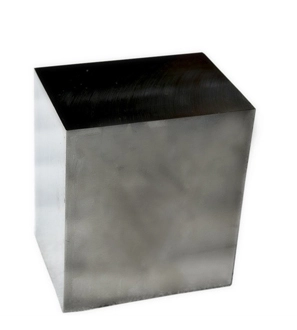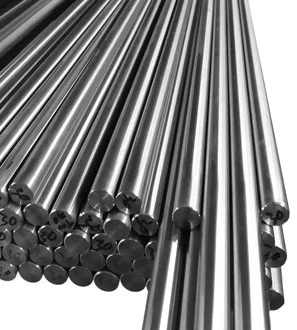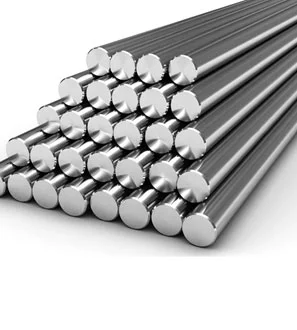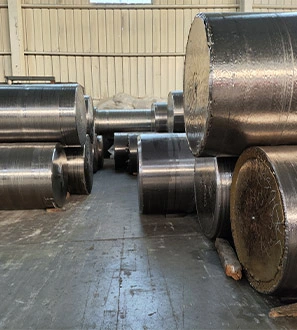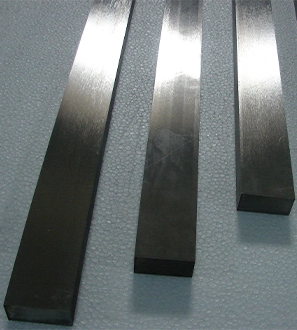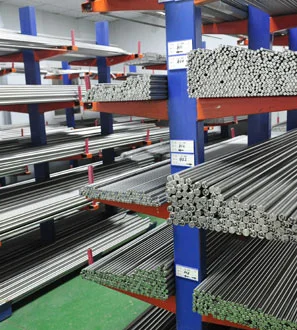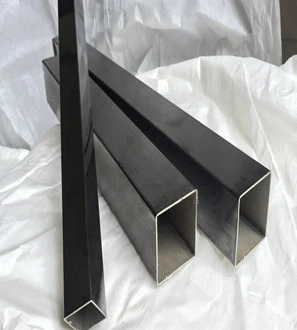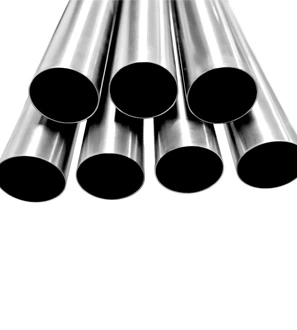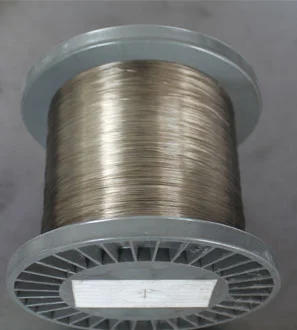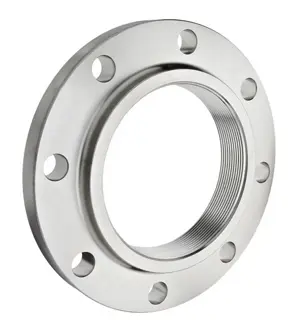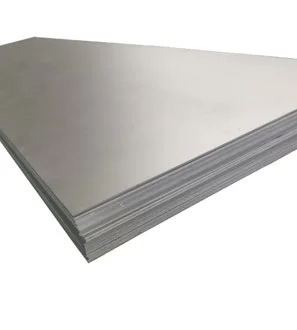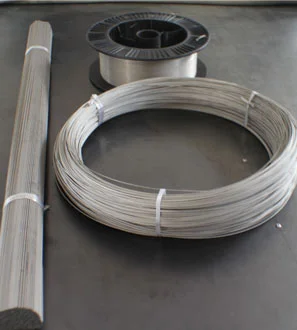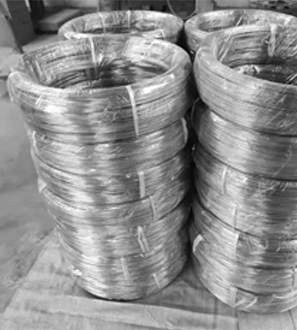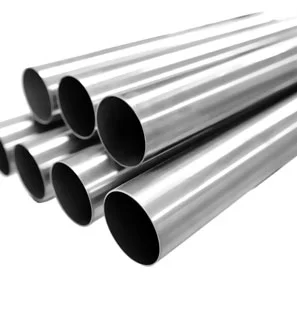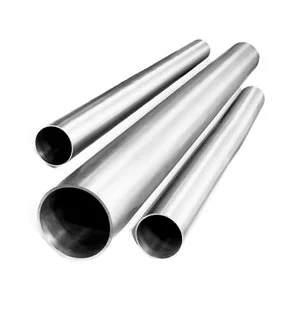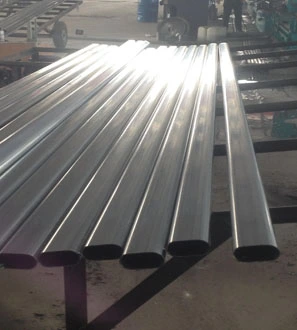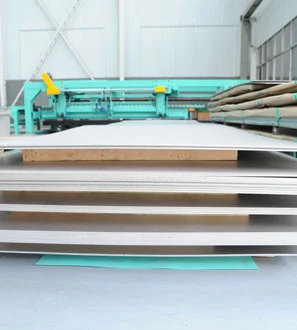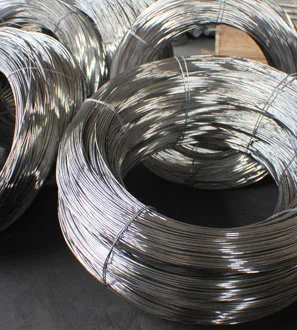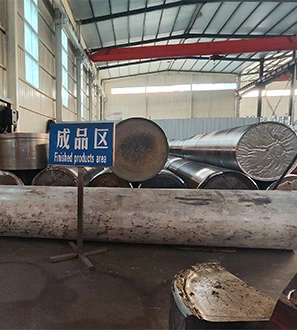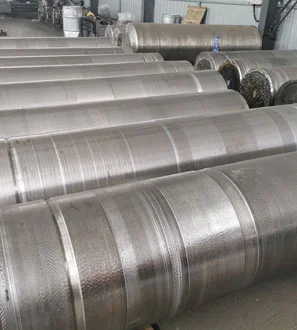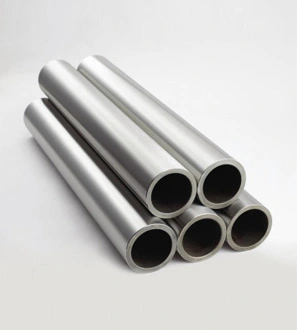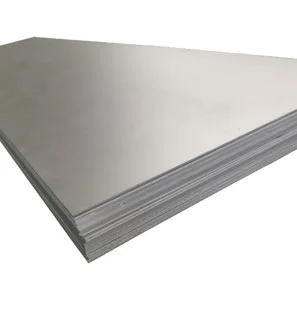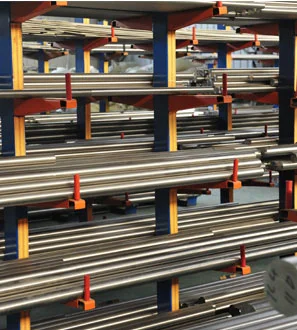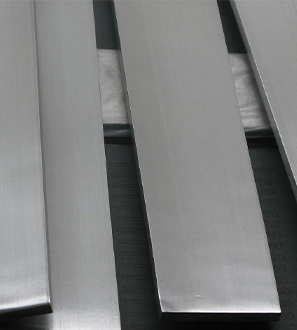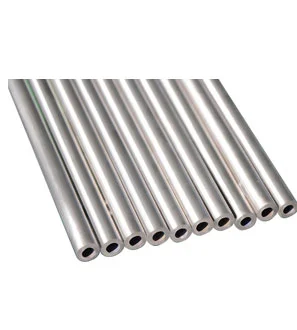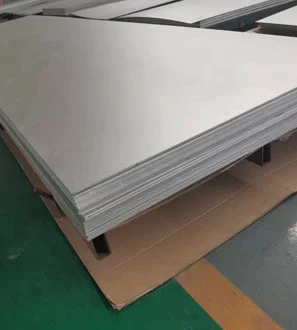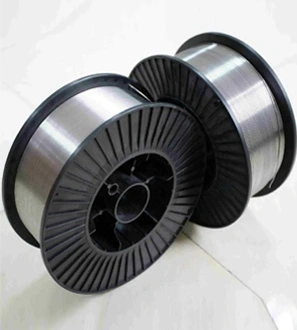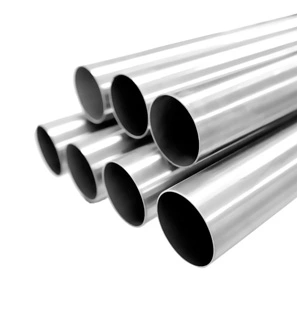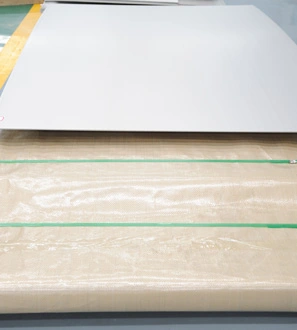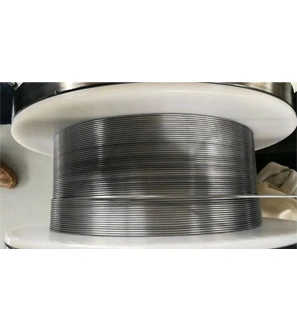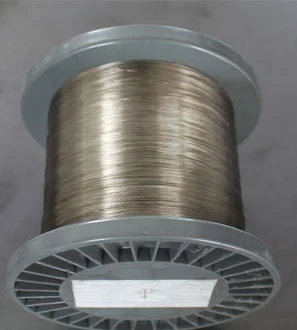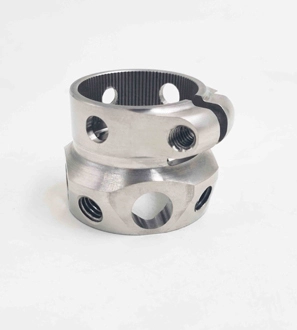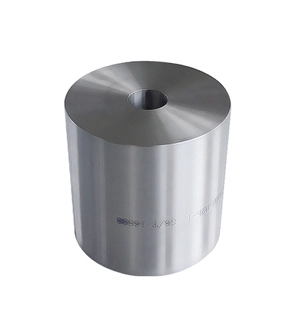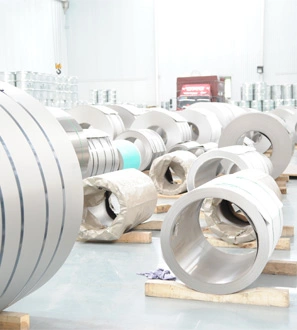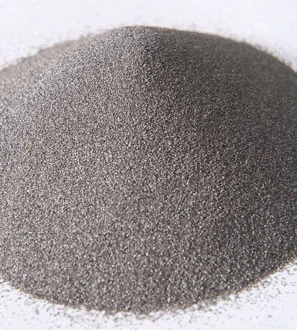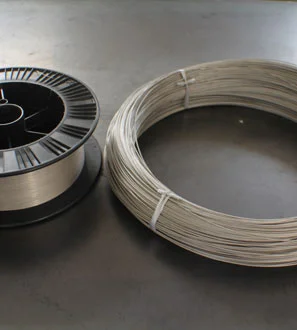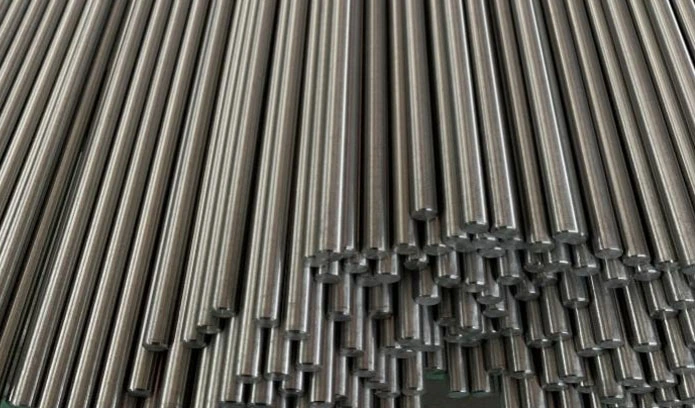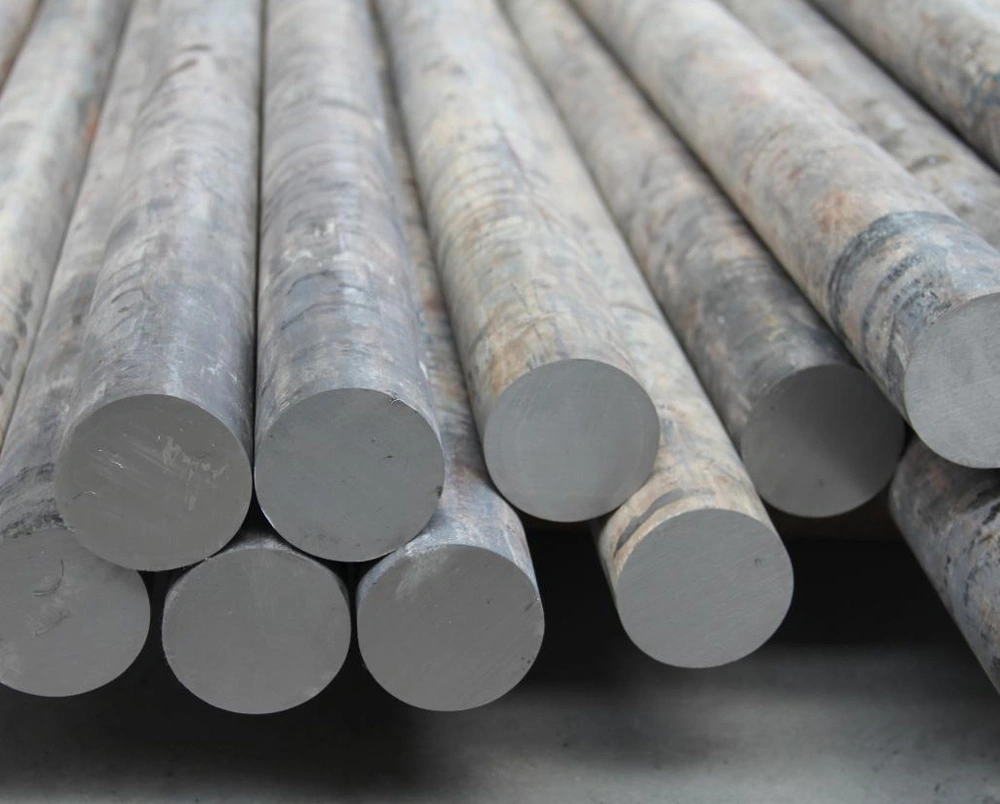Thank you for your
attention on Yesheng !
Study on the Evolution of Microstructure and Properties in the Hot Processing of High-Temperature Alloys
High-temperature alloys are a class of specialized metal alloys that maintain stable performance in high-temperature environments. They are designed to retain excellent mechanical properties and corrosion resistance under harsh conditions, including high temperatures, high stress, and corrosive environments. High-temperature alloys can be categorized into nickel-based, cobalt-based, and iron-based alloys, depending on their primary alloying elements. These alloys are widely used in aerospace, energy, and other industries due to their outstanding high-temperature strength, oxidation resistance, and creep resistance.
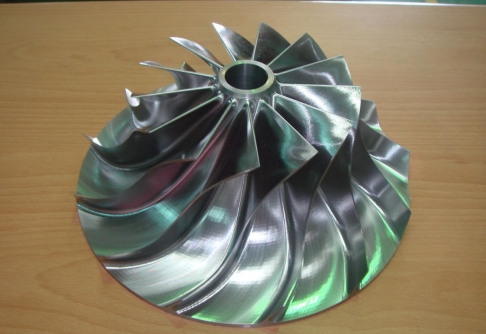
1. Hot Processing Techniques for High-Temperature Alloys
1.1 Classification of Hot Processing for High-Temperature Alloys
(1)Hot Rolling: Hot rolling is a common plastic deformation process for high-temperature alloys. It involves passing the alloy billets through rolling mills at high temperatures to change their shape and refine their grain structure. Hot rolling enhances the plasticity of the material, reduces deformation resistance, and effectively eliminates internal defects. By controlling the rolling temperature and speed, the material’s properties can be tailored, ensuring superior mechanical performance and microstructure in the final product.
(2)Hot Extrusion: Hot extrusion involves placing high-temperature alloy billets into an extrusion machine, applying extrusion pressure under high temperatures to achieve the desired shape. Hot extrusion increases material density and uniformity, reduces grain size, and thereby enhances tensile strength and heat corrosion resistance. Additionally, it can eliminate internal voids and defects, improving overall material performance.
(3)Hot Forming: Hot forming is a process where high-temperature alloy billets are placed in molds at high temperatures, and through the deformation action of the mold, they achieve the desired shape. Hot forming is suitable for producing complex components. By controlling the forming temperature and speed, the grain structure and mechanical properties of the material can be optimized. This process offers unique advantages in improving the forming precision and surface quality of high-temperature alloy components.
The selection of hot processing techniques directly impacts the microstructure and final properties of high-temperature alloys. Therefore, in-depth research on the evolution of materials under different processing conditions holds significant theoretical and practical importance.
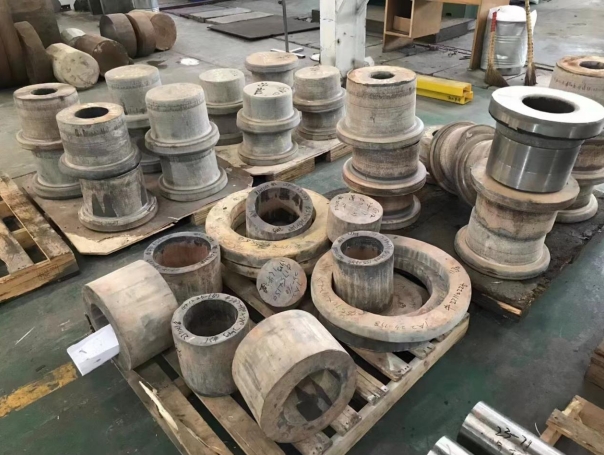
1.2 The Impact of Hot Processing Parameters
(1)Temperature: Temperature in hot processing is a crucial factor influencing the microstructure and properties of high-temperature alloys. Appropriate processing temperatures promote recrystallization, optimize grain structure, and enhance material plasticity and toughness. At high temperatures, material flow improves, reducing stress concentration during deformation and preventing grain fracture. However, excessively high temperatures may cause rapid grain growth, negatively affecting material strength and heat resistance. Therefore, precise temperature control is a critical step in ensuring the performance of high-temperature alloys.
(2)Deformation Rate: Deformation rate refers to the amount of plastic deformation a material undergoes per unit of time during hot processing. Choosing the right deformation rate helps control grain deformation and recrystallization behavior. Lower deformation rates promote a more uniform grain structure and increase the likelihood of recrystallization, improving material plasticity. However, very low deformation rates may lead to low production efficiency. Higher deformation rates enhance productivity but may cause grain fracture and uneven grain boundary sliding, affecting material properties.
(3)Deformation Amount: Deformation amount refers to the extent of plastic deformation a material undergoes during hot processing, typically expressed by parameters such as deformation ratio or compression ratio. An appropriate deformation amount can effectively improve the strength and hardness of high-temperature alloys, enhancing their creep resistance. However, excessive deformation may lead to grain fracture and uneven grain boundary sliding, reducing material toughness.
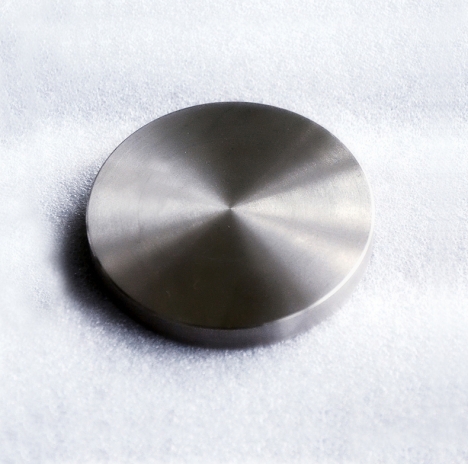
2. Evolution of Microstructure During Hot Processing of High-Temperature Alloys
2.1 Recrystallization and Grain Growth
(1)Recrystallization Mechanism: Recrystallization is a significant microstructural evolution phenomenon in the hot processing of high-temperature alloys. It involves the replacement of original grains by new, finer grains under high-temperature conditions. The mechanism primarily involves the release of internal stress and the rearrangement of lattice defects. At high temperatures, the energy of lattice defects is lower, leading to the rearrangement of dislocations and defects within the crystal under stress, forming new grains.
(2)Factors Influencing Grain Growth: Grain growth is influenced by several factors, including temperature, deformation rate, and alloy composition. Higher temperatures promote the migration and aggregation of lattice defects, driving grain growth. Increasing deformation rates may inhibit grain growth because higher rates lead to more dislocations within the crystal, hindering grain growth. Variations in alloy composition also affect grain growth behavior; for instance, adding trace elements may hinder grain boundary migration, influencing grain size and distribution.
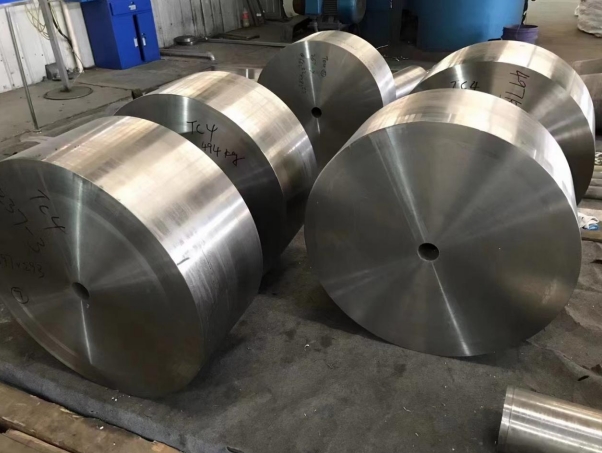
2.2 Precipitation and Dissolution of Phases
(1)Types of Secondary Phase Precipitation: Secondary phase precipitation is an important microstructural evolution phenomenon in the hot processing of high-temperature alloys. Secondary phases refer to phases that form within the grains or near grain boundaries, which are not part of the primary matrix. The types of secondary phase precipitation mainly include solute precipitation, dislocation substructure, and grain boundary transformation. Solute precipitation is common in high-temperature alloys, caused by the supersaturation of solute atoms in the alloy. At high temperatures, solute atoms in the alloy form stable secondary phases within the grains or near the grain boundaries, affecting material strength, hardness, and creep resistance.
(2)Conditions for Phase Dissolution in High-Temperature Alloys: Phase dissolution in high-temperature alloys refers to the process where some phases dissolve under solid-state conditions at high temperatures. This phenomenon typically occurs during hot processing or heat treatment of high-temperature alloys. The conditions for phase dissolution include alloy composition, temperature, and time. Different compositions of high-temperature alloys have varying temperature ranges and rates for phase dissolution. Controlling the conditions for phase dissolution can regulate the strength, plasticity, and thermal stability of the material, which is crucial for manufacturing high-performance high-temperature alloys.
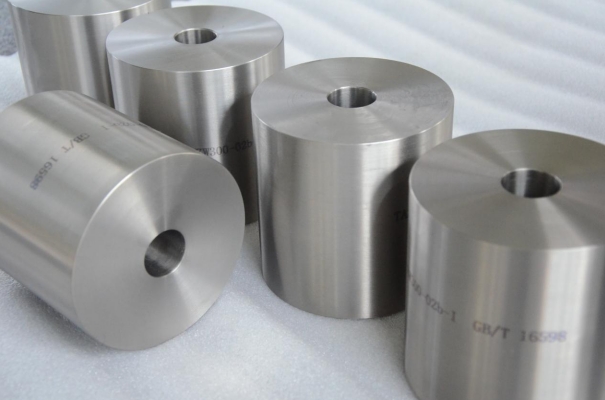
2.3 Changes in Lattice Defects
(1)Dislocation Density: Dislocation density is a critical parameter of lattice defects during the hot processing of high-temperature alloys, directly influencing material plasticity and strength. Dislocations are line defects within the crystal, and their density refers to the number of dislocations per unit volume. At high temperatures, the movement and generation of dislocations significantly increase, leading to changes in dislocation density. An appropriate dislocation density enhances crystal plasticity, but excessively high dislocation density may cause uneven sliding and crystal fracture, reducing material toughness.
(2)Grain Boundary Engineering and Segregation: Grain boundaries are interfaces between crystals that significantly impact the properties of high-temperature alloys. Grain boundary engineering involves controlling the distribution and properties of grain boundaries to improve material performance. During hot processing, grain boundary migration and segregation often occur. Grain boundary migration can lead to grain growth and recrystallization, while grain boundary segregation may cause uneven distribution of elements in the alloy. Proper control of grain boundary engineering is crucial to meet the engineering requirements of high-temperature alloy materials during hot processing.
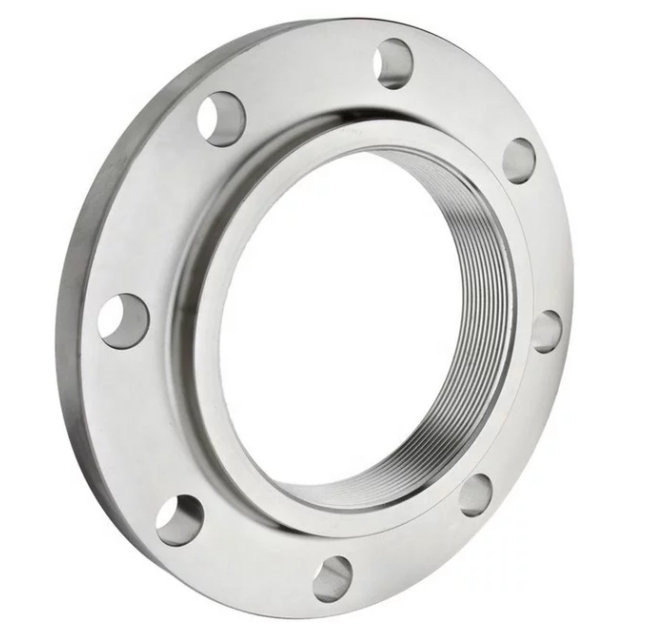
3. Evolution of Properties During Hot Processing of High-Temperature Alloys
3.1 Changes in Mechanical Properties
(1)Tensile Strength: Tensile strength is a key performance indicator of a material’s resistance to tensile forces during hot processing of high-temperature alloys. As hot processing progresses, changes in grain structure and lattice defects directly impact tensile strength. Proper hot processing techniques can optimize crystal structure and increase dislocation density, enhancing tensile strength. However, excessive processing may cause grain growth and accumulation of lattice defects, reducing tensile strength.
(2)Yield Strength: Yield strength is the stress level at which a material begins to undergo plastic deformation during tensile testing and is another critical mechanical property parameter. During the hot processing of high-temperature alloys, yield strength typically evolves with changes in lattice structure. Proper hot processing conditions help increase yield strength by controlling factors like dislocation density and grain boundary engineering. However, excessively high processing temperatures or rates may lead to grain boundary segregation and grain growth, reducing yield strength.
(3)Elongation: Elongation refers to the percentage by which a material can extend before breaking during tensile testing, indicating its plastic deformation capability. During hot processing of high-temperature alloys, elongation is closely related to changes in lattice defects and grain structure. Proper hot processing promotes uniform crystal structure formation, increasing material elongation. However, excessive processing may cause uneven grain boundary sliding and fracture, reducing elongation.
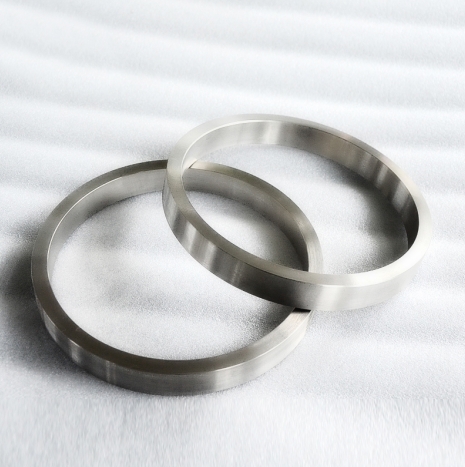
3.2 Evolution of Thermal Stability
(1)Thermal Fatigue Life: Thermal fatigue life is a crucial indicator of high-temperature alloy performance under cyclic thermal loading. During hot processing, grain recrystallization, phase formation and dissolution, and changes in lattice defects can all affect thermal fatigue life. Proper recrystallization and grain control enhance material toughness, extending thermal fatigue life. Phase formation and dissolution can also influence thermal fatigue life by altering stress distribution and thermal conductivity. Considering the impact of hot processing on the material, appropriate heat treatment strategies can be developed to improve the thermal fatigue life of high-temperature alloys.
(2)Oxidation Behavior: High-temperature alloy materials are prone to oxidation in high-temperature environments, making oxidation behavior a critical performance indicator. During hot processing, grain recrystallization, phase formation and dissolution, and changes in lattice defects can all impact oxidation behavior. Proper recrystallization and control of lattice defects help form a dense oxide protective layer, improving oxidation resistance. Phase formation and dissolution may cause local structural non-uniformity, affecting oxidation behavior. By implementing appropriate atmosphere control and surface treatment measures during hot processing, the oxidation rate of high-temperature alloy materials can be effectively reduced, extending their service life.
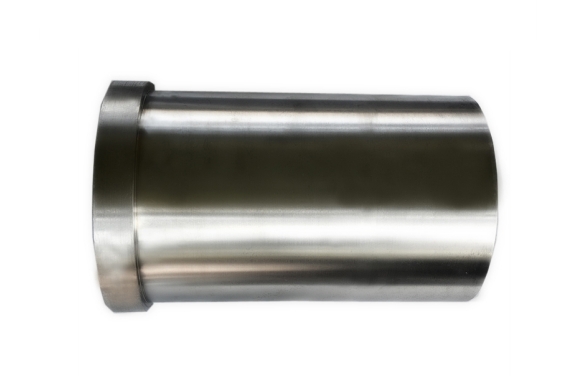
3.3 Changes in Creep Resistance
(1)Creep Mechanism: Creep is the plastic deformation phenomenon of high-temperature alloy materials under certain stress at elevated temperatures. During hot processing, grain recrystallization, phase formation and dissolution, and changes in lattice defects can all impact the creep mechanism. Recrystallization helps increase material plasticity, but excessive recrystallization may lead to grain growth, weakening creep resistance. The formation and dissolution of secondary phases can affect the material’s high-temperature stability and creep performance. Proper hot processing techniques can improve material strength and creep resistance by controlling grain boundaries and optimizing phase structure.
(2)Conditions for Creep: Creep conditions refer to the stress and temperature levels at which a material undergoes creep deformation. During hot processing, grain recrystallization, phase formation and dissolution, and changes in lattice defects all impact the material’s creep conditions. Proper recrystallization helps increase material plasticity, reducing creep susceptibility. Phase formation and dissolution can also affect the material’s creep conditions by altering stress distribution and thermal stability. Considering the impact of hot processing on the material, appropriate processing and heat treatment strategies can be developed to optimize the creep resistance of high-temperature alloys.
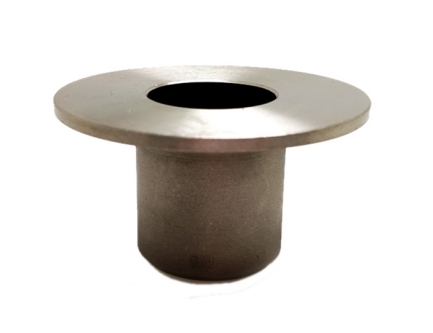
4. Conclusions and Prospects
Hot processing is a critical stage in the manufacturing of high-temperature alloy materials, significantly impacting the evolution of their microstructure and properties. By deeply understanding the effects of hot processing techniques and conditions on material performance, manufacturers can optimize hot processing parameters, improve product quality, and develop more efficient manufacturing techniques for high-temperature alloys.

Future research directions include further in-depth studies on the relationship between hot processing parameters and the evolution of microstructure, with an emphasis on phase transformation and control of lattice defects. Additionally, exploring the application of advanced hot processing techniques, such as hot isostatic pressing and laser heating, can further improve the performance and quality of high-temperature alloy materials, meeting the increasing demands of aerospace, energy, and other industries.
 English
English  日本語
日本語  한국어
한국어  français
français  Deutsch
Deutsch  русский
русский 

